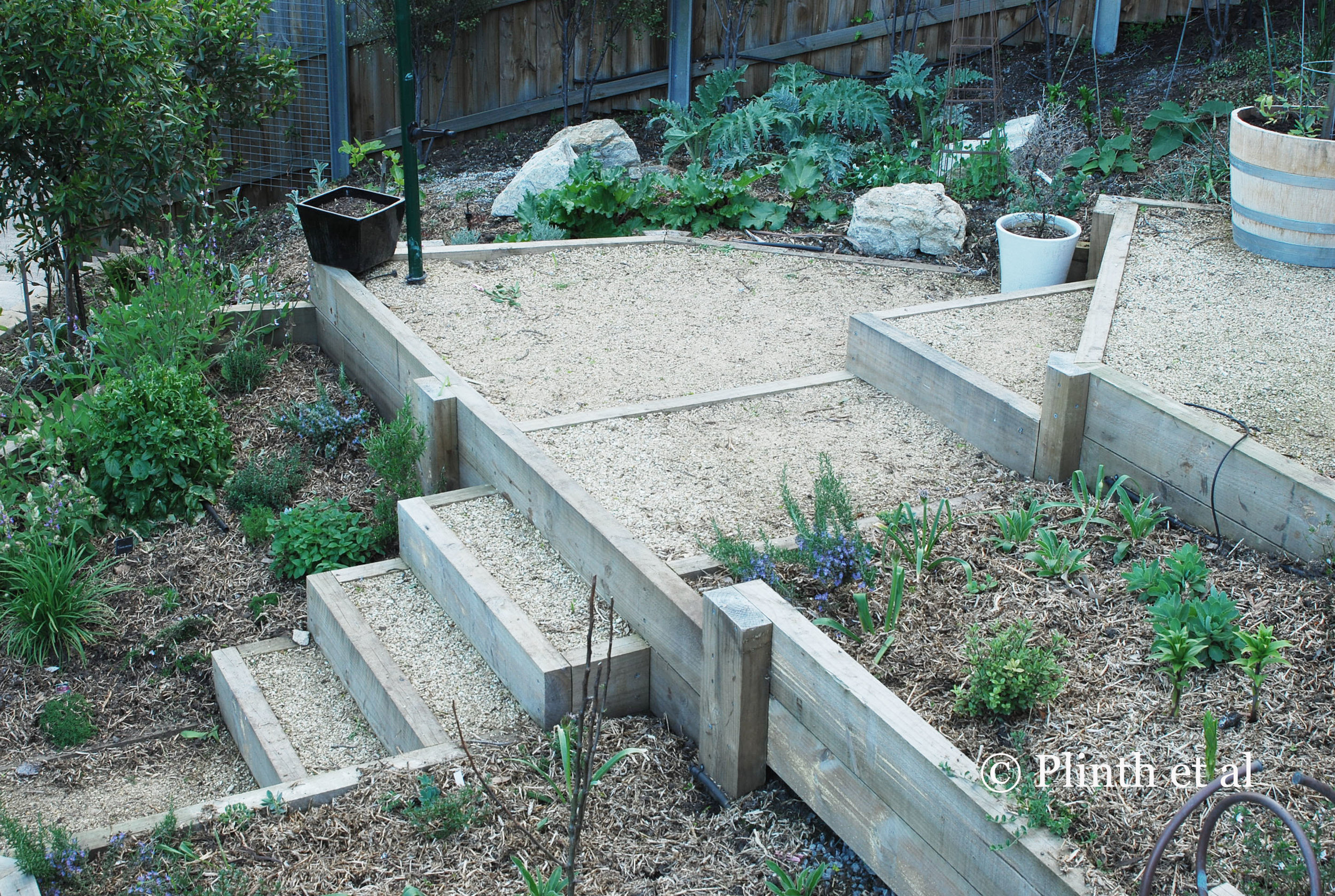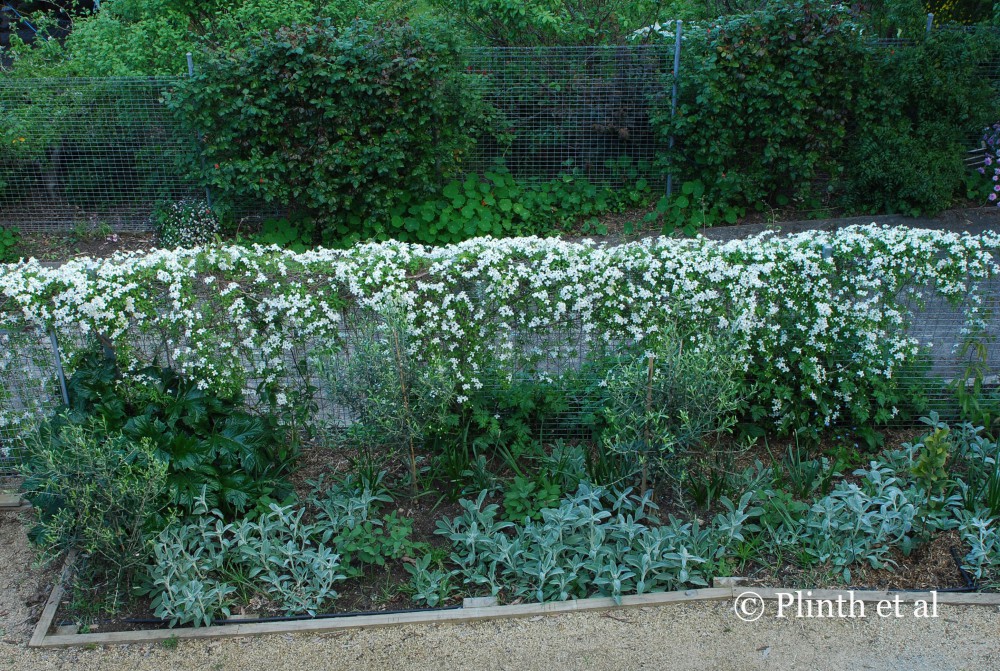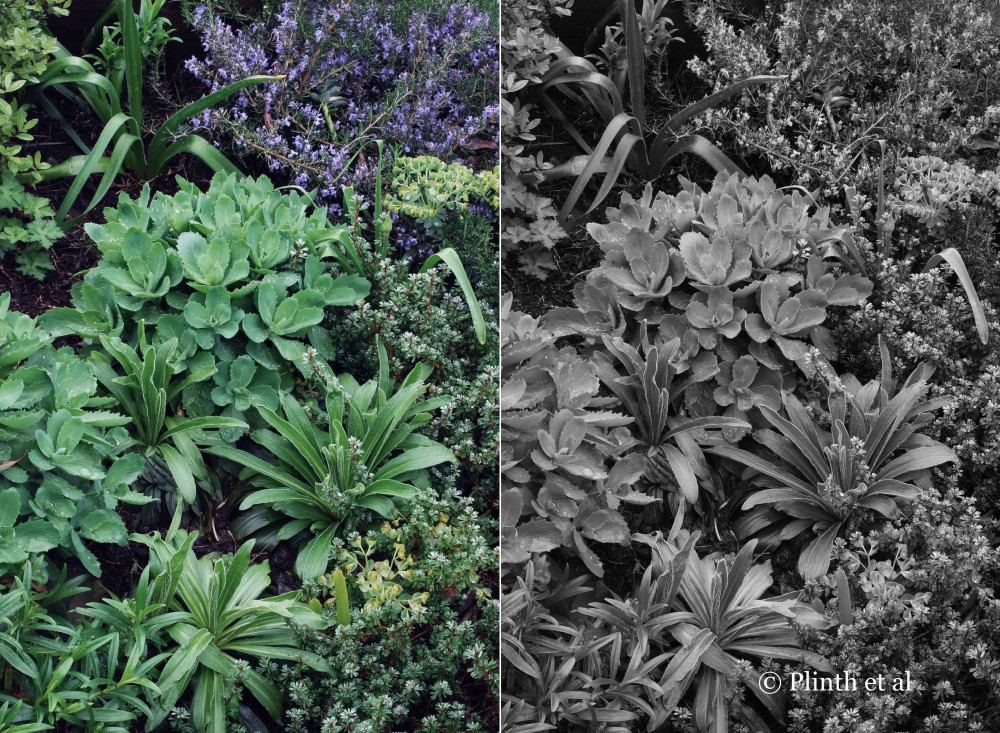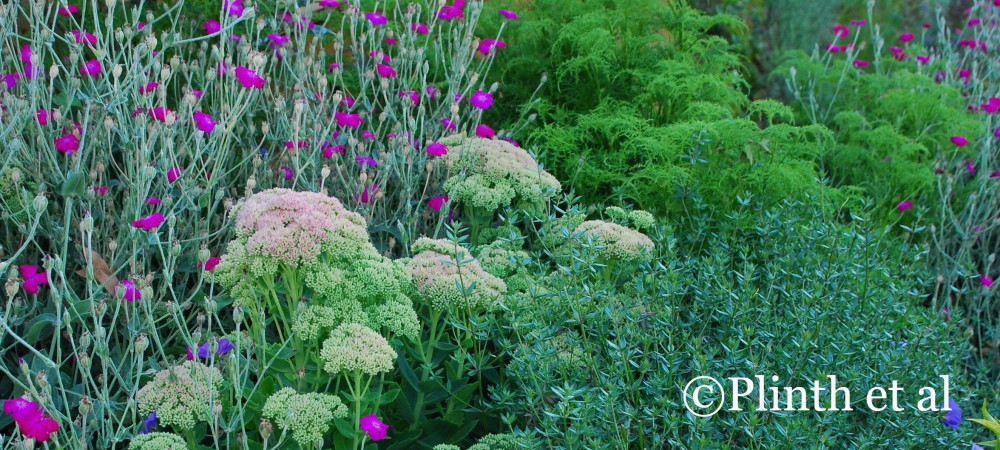Anatomy of a Garden: Private Garden, Australia
Buoyant from seeing my friend's garden a few times, the client exclaimed: "I want a garden like Sally's!" My friend Sally Johanssohn's garden, the product of 20 or so more years' hard work, has been featured in magazines and garden tours, and once played host to an biennial rare plant fair that draws people all over Australia. In addition, a specialist nursery, now mostly mail-order, carries anything from tree peonies to Canary Island endemics. While Sally enjoys propagating and selling plants, she takes a conservative stance on designing gardens and refers clients to a talented garden designer friend. Because her garden packed with rarities is not for mere dilettantes, Sally is aware that it is not a garden for everyone. After consideration, she graciously consented to select and design plantings for this client and her husband, recent retirees from Melbourne. I was invited to come on board, and both of us were invited for tea to survey the place and have a discussion with the clients. The clients' edict was simple - bulbs, flowers, and woody plants layered in Sally's style.
A series of interlocking terraces, the garden had a L-shaped configuration that wraps around the renovated house situated at the hillside bottom. Each terrace had wooden retaining walls built by the clients, and the terrace beds were already enriched with fresh topsoil and compost. Although the garden had a south facing orientation, the surrounding trees reduced light levels to those of a east or west exposure. However, the garden's coastal proximity meant a frost-free, warmer climate that afforded a wider range of plants than that of Sally's garden at a higher altitude.
As ideal as a frost-free climate is amicable for gardening, it does pose certain challenges. Weeds grow unfettered throughout the year, and plants do not always enter complete dormancy, behaving in a strangely suspended growth. What are completely deciduous in cold climates are either semi-evergreen or evergreen. Winters can be unbearably damp and such conditions become conducive to foliar diseases.
The clients were obviously keen to complete their garden since one bed, which ran the length of the house, was already planted a year ago. This bed not only had beautiful choice hellebores, but also rarer oddities uncommon in Australian gardens. Grevillea petrophiloides, a Western Australian shrub with pink bottlebrush flowers similar to Sanguisorba (burnet), marked the northwest corner, and enviable clumps of Mysotidium hortensia (Chatham Island forget-me-not) cascaded down near the front. The only major change we implemented was a Westringia fruticosa (coast rosemary) hedge split into the three lines that flowed upwards into the upper terrace. Three to four Pittosporum tenuifolium 'Golf Ball' provided additional definition.
Preexisting plants were mostly retained and helped us steer towards appropriate colors. Two mature Clematis montana var. grandiflora graced the grid fencing bordering the neighbor's driveway. They guided us towards silver-leafed and white flowering plants. Since the clients desired better screening in winter, we added two more Clematis armandii, an evergreen Chinese species with white flowers at the far ends of the fence. The longer border backed by the fence were carpeted with Narcissus 'Thalia' and snowdrops, Stachys byzantina, and Salvia officinalis 'Berggarten'. Four olive trees (Olea europaea) give additional structure and eventually will curtain the driveway as they mature. To keep these trees within scale, we will prune them into columnar forms. The border lacked definition after the first wave of planting, but will be stronger with some editing and maintenance.
In front of the pole fencing behind the house, Acer griseum inspired us to dream up a rust theme - bronzes, ochres, and oranges, all hues that Australian gardeners are inordinately fond of. Shadier than other terraced beds, the site afforded us to place plants requiring afternoon shade from the intense sun. Beesia deltophylla, a Chinese buttercup relative seldom used en masse, and the New Zealand sedge Unicina rubra spiraled around the maple, and Isoplexis (Digitalis) canariensis has upright spires of orange flowers that attract nectar-seeking birds. The overall planting was very successful and sadly could only be realized in mild temperate climates.
Fond of cooking and eating out, the clients requested herbs, vegetables, and fruit trees. These culinary plants are discreet because we chose to emphasize their ornamental attributes first. Cynara cardunuculus (artichoke), Rosmarinus officinalis 'Prostratus' (creeping rosemary) and Salvia officinalis 'Berggarten' fulfill their roles as garden plants rather than edible ones. Two Meyer lemon trees signal the transition from the olive allee into the upper terraces and hopefully engulf the area with their fragrance in the summer warmth.
The central terraces adjacent to the kitchen and porch outlooking to the water required more finesse and attention than the ones already planted. To reflect the clear Tasmanian skies, we chose blue to purple-flowering herbaceous perennials. Penstemon 'Sour Grapes', Salvia 'Indigo Spires', and Salvia mexicana 'Limelight' have a long flowering season. For levity, Stipa gigantea (giant oats grass) was mingled with Dierama pulcherrimum, a South African iris relative, and Peroskvia atriplicifolia (Russian sage). A camellia hedge in the back created an enclosed 'tunnel' to an alcove by the birches.
The clients undertook the soil improvements and planting themselves while we monitored the progress at regular intervals. It was astonishing to witness the rapid growth within one year - what were mere rosettes and tufts had burgeoned into recognizable shapes, becoming the 3-D realizations of our sketches prepared before the clients. We had anticipated seeing the garden reach its full potential but sadly three years after the garden was completed, the clients sold the property. However, the project was an interesting exercise that forced us to rethink the multi-dimensionality of the garden.
~Eric




















